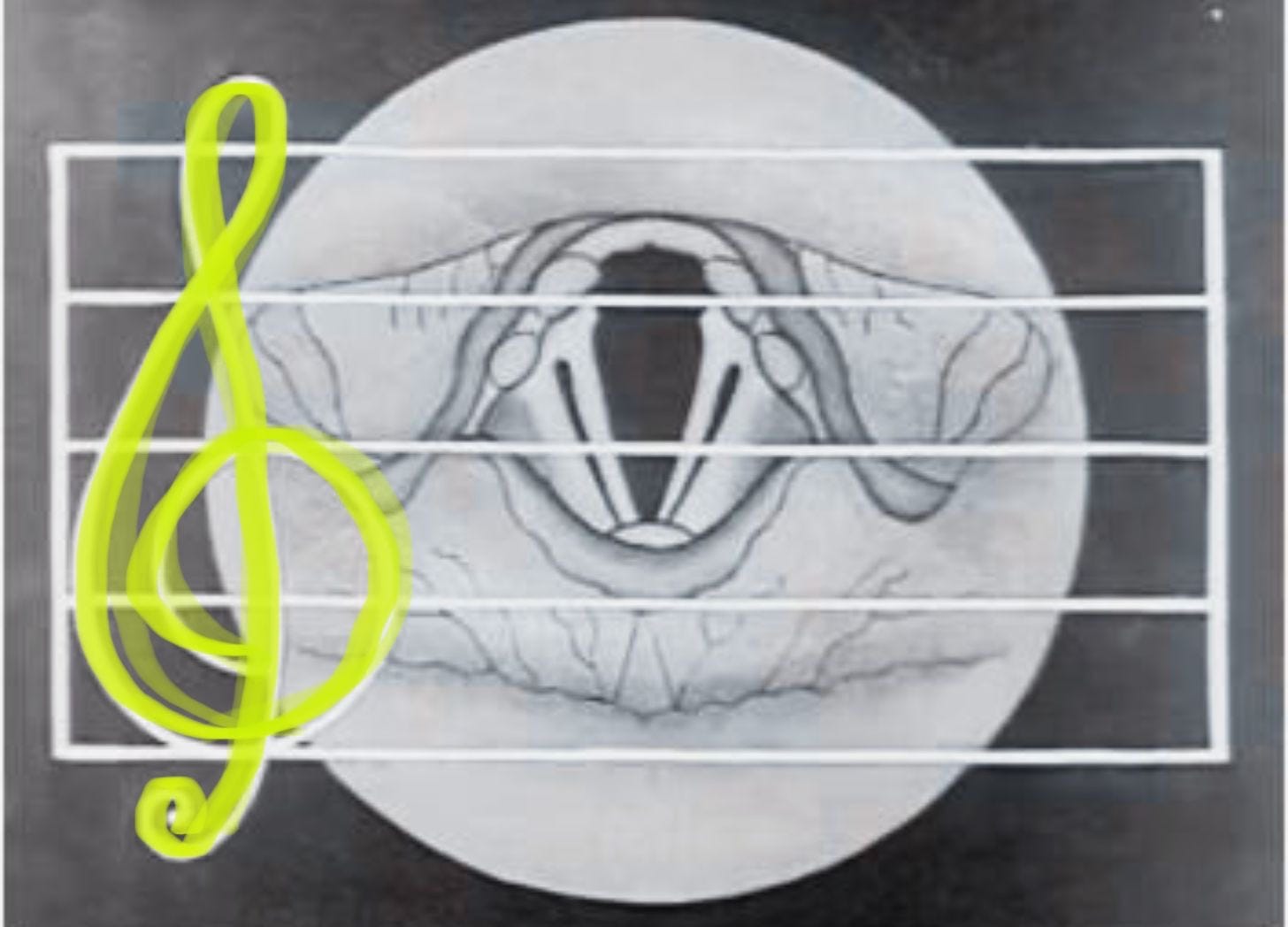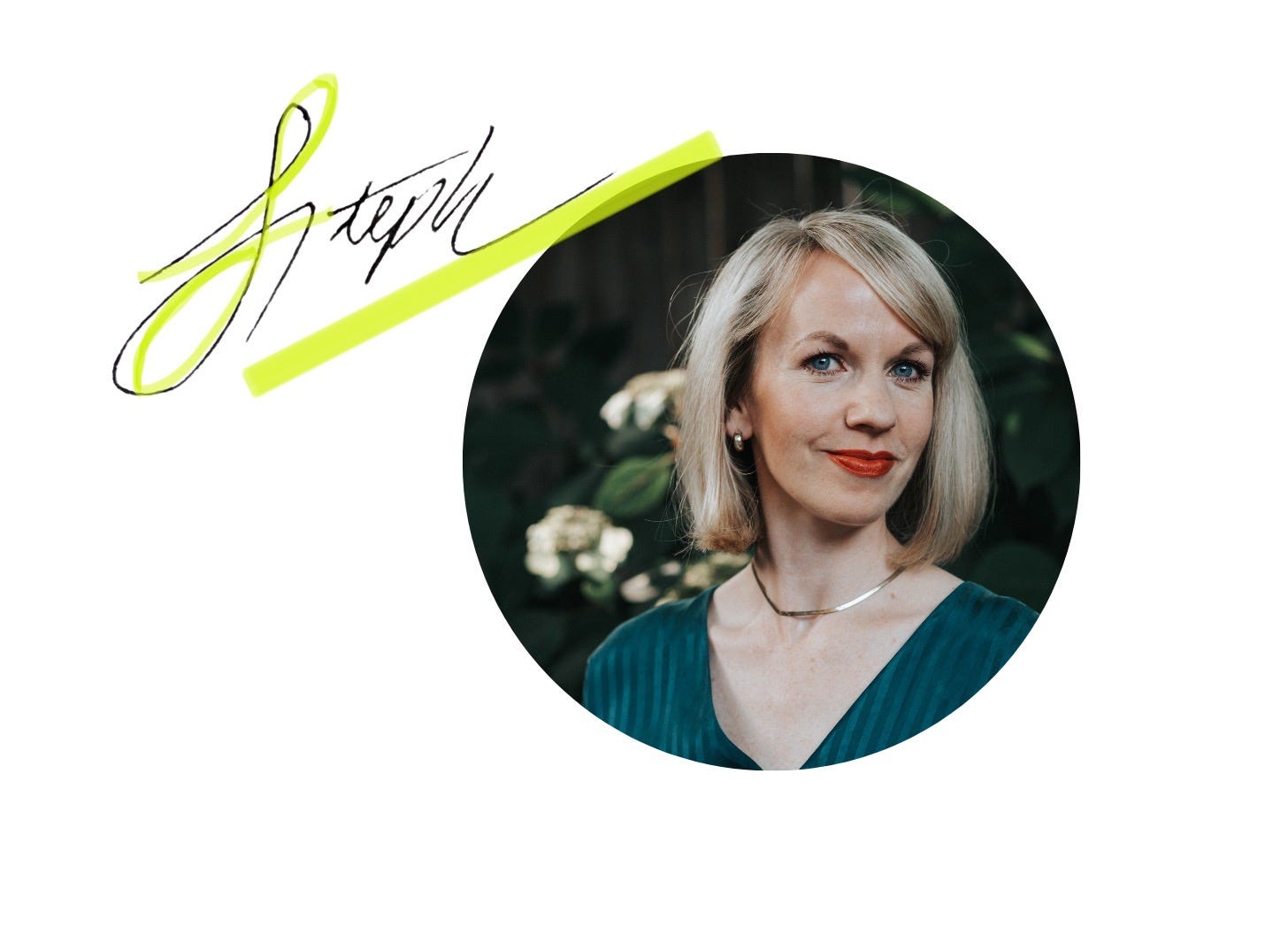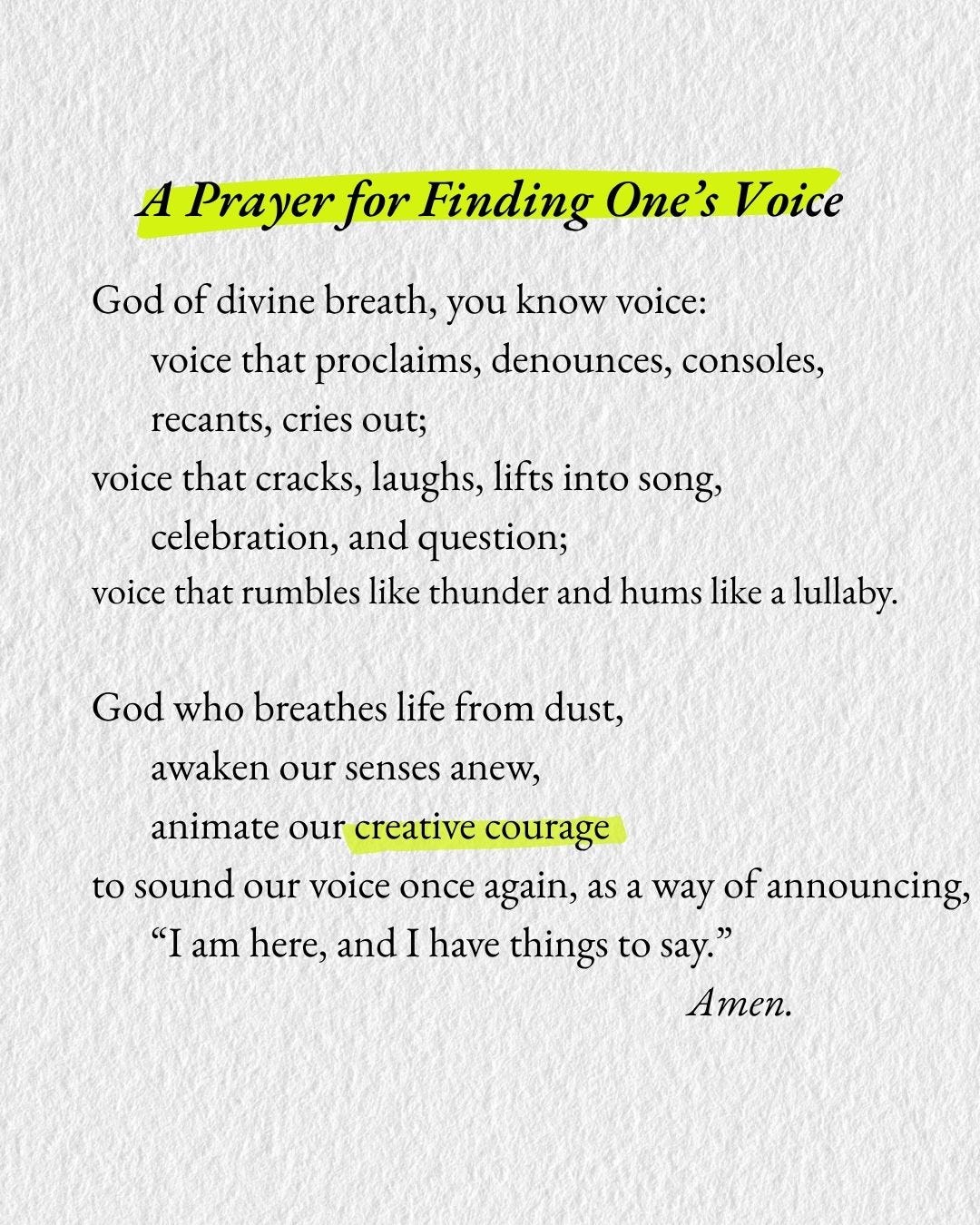Three Strategies for Telling It Slant
Case studies of crafting your angle through vision and voice
If you’ve been reading Slant Letter for awhile (9 years + counting!), you know my passion is for finding and refining your unique angle. Emily Dickinson, of course, is our patron saint, with the charge to “Tell all the truth, but tell it slant.”
So today we’re going to walk through a few unique angles on the same subject matter, the inextricable link between love and loss, to show you the power of the slant.
But first, let’s talk about what we mean when we talk about your writing angle. At its simplest, your angle is your unique vision on how you see your subject matter, as written in your unique voice. Your slant is shaped both by how you see any given subject matter, as well as how you speak your perspective.
Voice
Your voice is your power of human expression, as it belongs singularly to you. The physical human voice originates from air flowing through the vocal cords in the throat, creating unique-to-you soundwaves by way of vibration. Like the human fingerprint, your voice is wholly your own, unrepeatable.
This is another reason AI can never replace human intelligence, because there is no voice, no fingerprints. Where our words and touch bear the human signature in the grooves on our fingertips and vocal cords, the baseline of AI production is a blank.
Our voice flows from an interior kingdom of ridge lines, arcs, and curves. And even within a single human voice, the soundwaves are capable of vast range: whispering, laughing, shouting, singing, humming, crying, talking loud and soft, high and low. Each voice expresses its own pitch, volume, tone, and range of emotion. AI can make no such claims, and I say all of this to assure us in our scarcity anxiety as artificial intelligence butts in on human creative work. I digress! But I will be insistent on this, for all our sakes!
Vision
Just as your voice offers unique expression, so does your vision—how you see the world, as informed by your story. No one else in the world has your precise vantage point—the sum of your lived experience, unique perspective, and hard-won wisdom you’ve gathered along the way. No one else sees the world from your exact map coordinates. This is highly valuable, and further evidence that we need each other.
We all write out of the prism of our life experiences, which color every page. We become better writers when we are conscious of what those colors are, and how they can best illuminate the big idea we want to write about.
Now let’s turn to some case studies in miniature
I’ve been collecting these samples as I come across them, primarily for my book Even After Everything as it delves into the paradox of sustaining love while accepting loss. And I share them with you now as a showing for how different voices and visions can infuse fresh meaning into the same subject matter.
Crafting your angle is like styling a classic button down: Maybe you’re the type to tie it around your waist. Or maybe you prefer the draped-over-the-shoulder look. Maybe you wear yours like a cardigan, unbuttoned and open and loose. Or maybe you button it up all the way, making a nice little twist and tuck in the front.
Same shirt, same raw material, same subject matter, different styling. Let’s take a look.
The Reframe
“What is grief if not love persevering?”
-Vision in WandaVision
If you watched WandaVision, you remember this immortalized line. I love the construction of it in a question. I love the reframing work it’s doing—giving new depth and dimension to grief as it lifts its chin to something enduring, something meaningful and high-worth.
Let’s look at another reframe, though you’ll notice a very different emotional inflection.
“Grief, I’ve learned, is really just love. It’s all the love you want to give, but cannot. All that unspent love gathers up in the corners of your eyes, the lump in your throat, and in that hollow part of your chest. Grief is just love with no place to go.”
-Jamie Anderson
This one has been meme-ified into oblivion and is credited to the writer of a now-defunct blog, but it’s been shared so many times, it clearly struck a chord. Notice how both of these quotes express the same idea (and this is not plagiarism; it’s multiple discovery, as the link between love and loss is a human experience and idea to which no one can claim original authorship) but they vary dramatically in their emotional tilt.
A Memorable Image
“Love and loss are a double helix this side of heaven. You can’t have one without the other.”
-Tish Harrison Warren
Here, Tish uses an image to convey a deeper view to the inextricable interconnection of love and loss. We visualize the double helix, and it sticks.
Show the Roots
“Trace any heartbreak back and back, and you will find love is the genesis of every grief. It has always been this way. Love and loss are all part of the same circle, forever sisters in kindred circumference.”
-Stephanie Duncan Smith
This one’s mine of course, coming out of the drafting of my book. I love the creative exercise of going subterranean, and excavating the roots of a thing. Here’s how I did this, leaning into a spatial view, and for another reading, here’s how writer Kathryn Shulz did this in her vision and voice for her own fresh take.
“However terrible our sorrow may be, we understand that it is made in the image of love.”
-Kathryn Schulz
I’d love to hear from you. What’s your process for tuning into your own voice and vision, and finding your angle? Tell us here!
Take heart and stay feisty,






I am searching for my voice. My first few posts have included leadership lessons, transitions, and real-life happenings. I'm looking for "the thing" that calls to me because the words flow so easily when I have it. If I find myself trying too hard, it tells me this is not the proper subject, not the right time, or not my voice.
Beautiful. Timely. Helpful. Thank you.